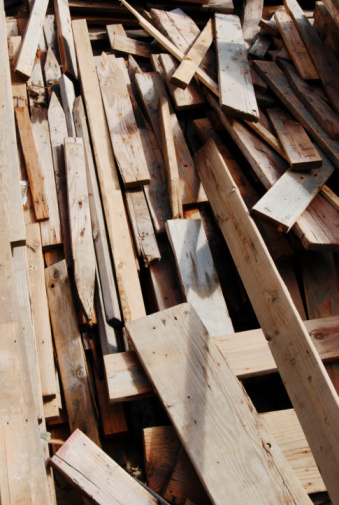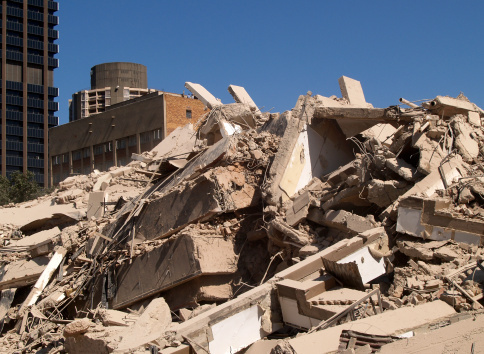Construction Waste Recycling: What Can You Recycle?
Construction waste recycling is one of the more common problems in remodeling and demolition. What can you recycle? How should you separate it? What will it cost you? Here’s an overview of what to expect and how to handle it.
Why Should I Recycle Construction Waste?

There’s one simple reason: Job by job, it tends to be cheaper. Think about how you normally throw out construction waste. It all goes in the dumpster, you pay the tonnage for the job, and that’s the end of it. Recycling the waste tends to be cheaper in both the short and long run. You’ll still likely have to pay for removal, but it’s going to be less than just tossing it all out.
For example, if you crush asphalt pavement, brick and/or concrete rubble on-site in accordance with the law in Massachusetts, it’s no longer solid waste and you don’t even have to truck it away. Just use it for paths, driveways, filler, and other uses.
What Can’t I Recycle?
As a rule, anything that can be construed as toxic can’t be recycled. This generally includes wood with lead paint applied to it, asbestos, mercury, and other elements. Fiberglass and foam insulation, and gypsum wallboard with paint or paper on it, is also difficult to recycle at this time. In short, if you need to wear a respirator to demolish it, you probably can’t recycle it.
The good news is that these elements are fairly rare in construction and do not make up the majority of materials you’ll run across when demolishing a building. It’s estimated that 90 to 95 percent of the construction waste you’ll run across can be recyclable.

You can recycle this.
What Are The Different Types Of Construction Waste That Can Be Recycled?
Construction waste recycling generally takes two key forms. The first is elements and fixtures of the building that are perfectly functional, like doors, windows, and so on that can be removed and sold on their own; you’ve probably seen this advertised in your area. It applies to everything from wiring and plumbing right down to individual tiles. Even carpet can be recycled.
The second is the general waste just lying around. That brick wall you just knocked over? That can be recycled. That pile of structural steel you just ripped out of the supports? That can be recycled. Got landscaping waste? That can be recycled.
In short, if there’s something lying around your job site taking up space, you can probably put it to work.
How Do I Go About Recycling Construction Waste?
There are two methods to handle construction waste recycling: Commingled recycling and source separation. Commingled recycling means you just dump everything that can be recycled into one dumpster and the trash in another, while source separation means everything you want to recycle gets its own container.
Both have their benefits and drawbacks. Source separation will involve more paperwork beforehand and more dumpsters and containers on the job site, but it also means your work site is cleaner and safer and that your recycling costs are lower. Commingled recycling means less work before you start the job, but less recycling overall, which means less savings.
Where Can I Find Construction Waste Recyclers?
Here are a few helpful links:
Shingles: ShingleRecycling.org
Carpet: CarpetRecovery.org
General construction waste can also be posted to site such as FreeCycle, or you can even ask your waste disposal company about recycling programs.
Construction waste recycling will take some work at first, and you’ll need to consider it job by job, but you’ll soon find it saves you money.
